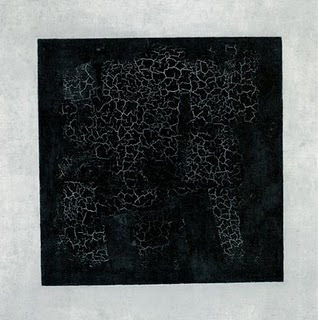
Now, I think those two words, installation and performance, mark accurately the shift in attitude toward a rejection or sense of abandonment of an experimental, modernist, position which had prevailed up to about, lets be generous, up to about 1968-1969, and began gradually becoming less and less energized. So, I think what you’re getting there is the flavor of modernist exhaustion and incidently a return to earlier prototypes, or models, of what constitutes art. And it’s no accident that the majority of most performance nowadays, there’s not much installation anymore, by the way, the majority of those performances tend to be of an entertainment, show biz, song and dance, in which the focus is on the individual as skilled presenter of something that tends to have a kind of self-aggrandizing, or at least self-focusing, purpose. It is artist as performer, much like somebody is an entertainer in a nightclub. And they’re interesting. Some of them are very good. I think Laurie Anderson is very good. She’s got all the skills that are needed in theater, which is what this is. Many others who jump on the bandwagon, coming from the visual arts, have no theatrical skills, and know zilch about the timing, about the voic about positioning, about transitions, about juxtapositions, those moment by moment occurrences in theater that would make it work. But it’s another animal, whether good or bad, from what we were doing, and I think, in general, even the good ones are a conservatizing movement.
- Allan Kaprow, 1988 (full interview is here)


